| ITEM 6: |
STOCKHOLDER PROPOSAL REGARDING A REPORT ON CLIMATE-RELATED POLICY ENGAGEMENT |
Report on corporate climate lobbying in line with Paris Agreement
WHEREAS: The United Nations Framework Convention on Climate Change asserts that greenhouse gas emissions must decline by 45 percent from 2010 levels by 2030 to limit global warming to 1.5 degrees Celsius. If that goal is not met, even more rapid reductions, at greater cost, will be required to compensate for the slow start on the path to global net zero emissions.
Even with the recent passage of the Inflation Reduction Act, critical gaps remain between Nationally Determined Contributions set by the US government and the actions required to prevent the worst effects of climate change. Companies have an important and constructive role to play in enabling policymakers to close these gaps.
Corporate lobbying that is inconsistent with the Paris Agreement presents increasingly material risks to companies and their shareholders, as delays in emissions reductions undermine political stability, damage infrastructure, impair access to finance and insurance, and exacerbate health risks and costs.
Further, companies face increasing reputational risks from consumers, investors, and other stakeholders, if they appear to delay or block effective climate policy.
Of particular concern is PACCAR’s membership in a trade association that has actively sought to impede proposed clean truck regulations. In contrast, emerging competitors in the truck market, such as Tesla, have supported efforts by California and other states to set rules that grow the market for medium and heavy-duty clean trucks.
PACCAR does not have a public commitment to conduct policy and regulatory activities in line with the goals of the Paris Agreement. Competitor Volvo has a specific commitment to conduct its direct and indirect lobbying (through trade associations) in line with the goals of the Paris Agreement.
Investors currently lack sufficient information to understand how PACCAR ensures its direct and indirect lobbying through trade associations, align with the Paris Agreement’s goals, and what actions the company is taking to address any misalignments.
Demand for electric trucks is projected to exceed supply in the decade ahead. Allowing its trade association to slow progress while the company continues to rely upon diesel powered trucks may put the company out of line with market trends.
RESOLVED: Shareholders request that the Board of Directors annually conduct an evaluation and issue a report (at reasonable cost, omitting confidential or proprietary information) describing if, and how, PACCAR Inc. lobbying and policy influence activities (both direct and indirect through trade associations, coalitions, alliances, and other organizations) align with the goal of the Paris Agreement to limit average global warming to “well below” 2°C above pre-industrial levels, and to pursue efforts to limit temperature increase to 1.5°C, and how PACCAR plans to mitigate the risks presented by any misalignment. In evaluating the degree of alignment, PACCAR should consider not only its policy positions and those of organizations of which PACCAR is a member, but also the actual lobbying and policy influence activities.
45





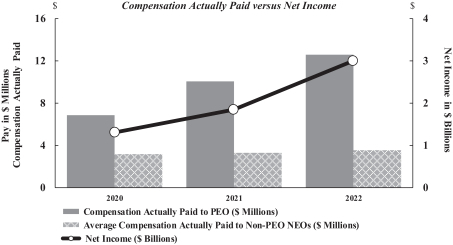
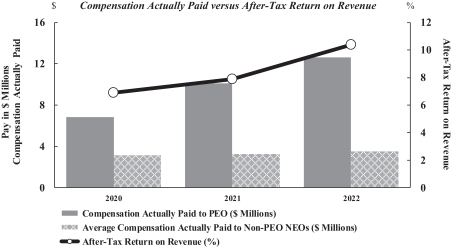
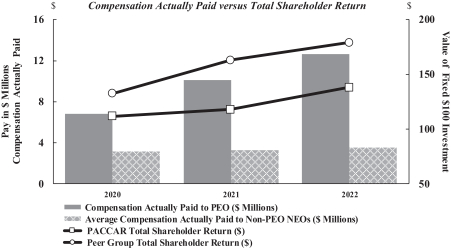
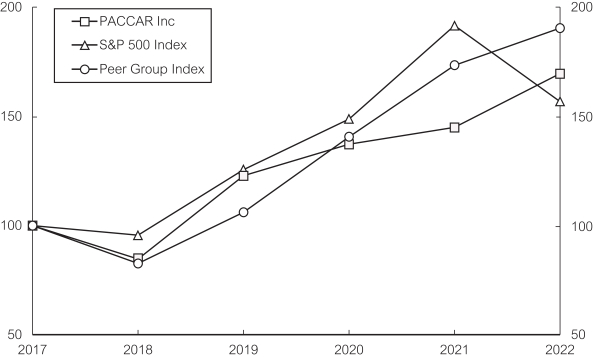

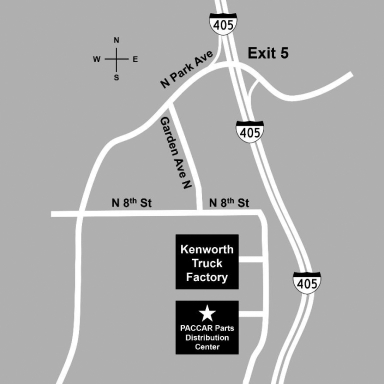






 Please fold here – Do not separate
Please fold here – Do not separate